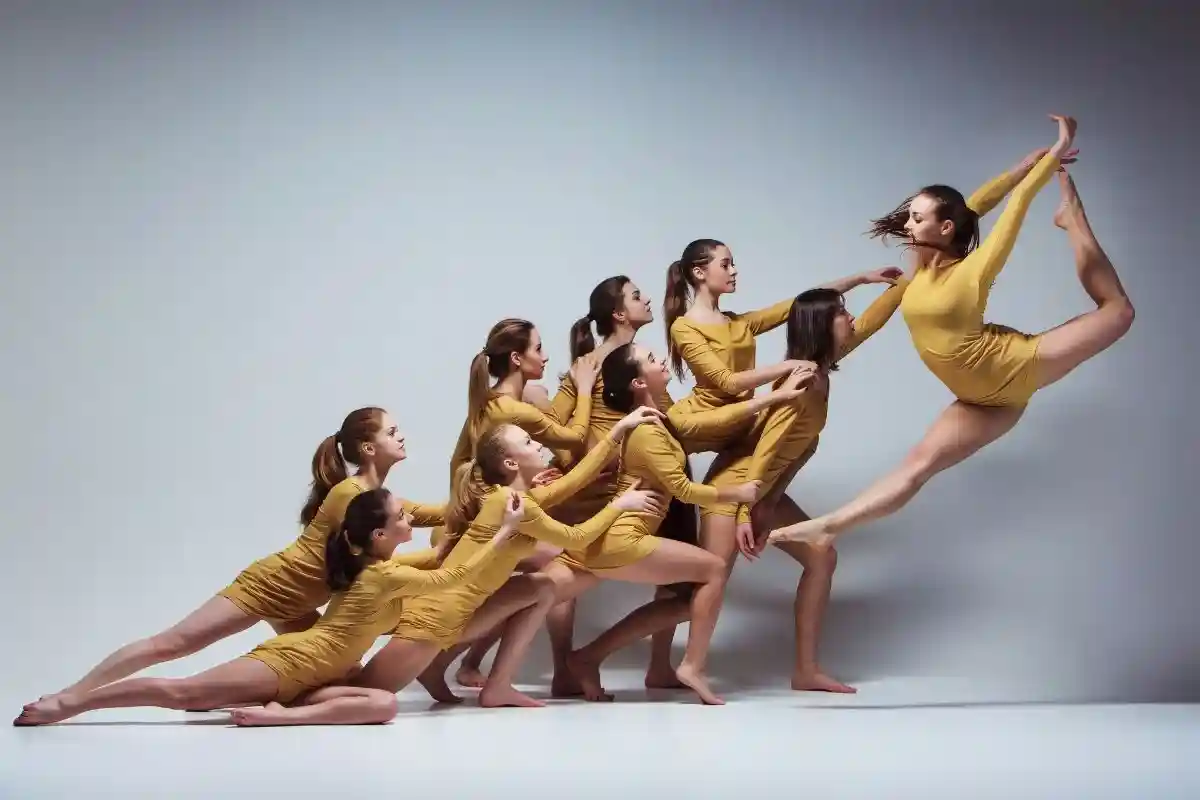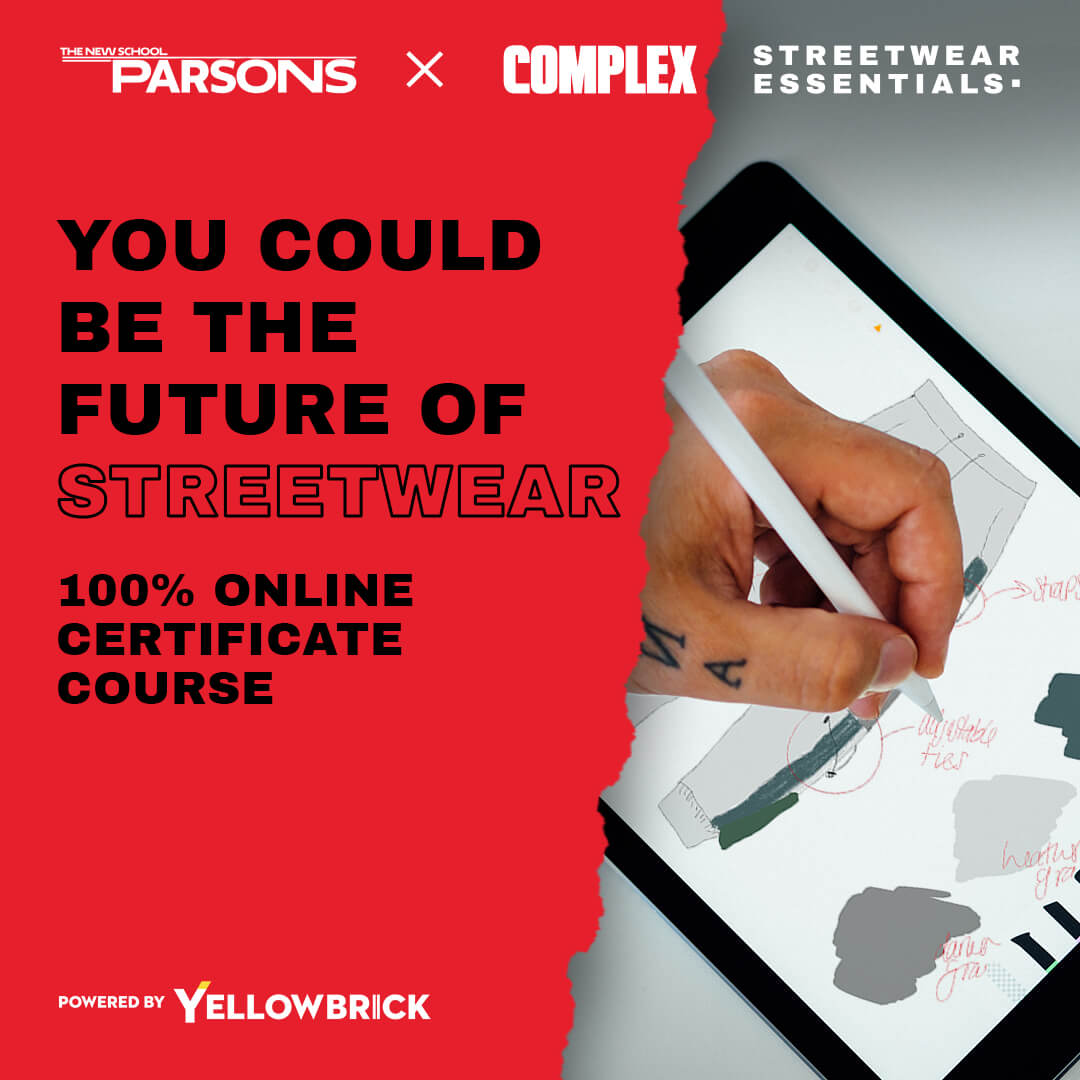Streetwear has challenged the status quo of high fashion. No longer are streetwear brands knocking off the latest high fashion trends or riffing on popular themes. Instead, it’s the other way around, with accessible, streetwear-friendly labels now tapping into the imaginations of some of the most lucrative luxury houses of the world. Creative Directors for luxury brands are starting to ask streetwear designers to help them design their collections. Here’s a breakdown of why fashion houses hire our beloved streetwear designers — the next biggest wave for luxury fashion.
Not a month goes by without a new collaboration between luxury houses and sports giants. The explosion of streetwear collaborations has significantly affected the luxury industry.
From the Streets to the Masses
When Karl Lagerfeld showcased a Hip Hop-inspired collection in Fall/Winter 1991, and Tommy Hilfiger showcased baggy clothes and big logos in Spring/Summer 1997, streetwear was deemed a spectacle and referenced as “hip hop” or “urban clothing.” The transformation of urban fashion into a mainstream commodity happened quickly, thanks partly to the rise of hip-hop culture. Music artists like Grand Puba adopted bold colors and extravagant jewelry into attire and mentioned Tommy Hilfiger in the single with Mary J Blige, titled “What’s the 411”. Then, in 1996, Tommy Hilfiger featured Aaliyah in her most iconic look for a campaign. He was the first designer to really push urban fashion on a mainstream level. Other designers began to follow suit.
Since then, the relationship between streetwear and high fashion has become more cyclical. Sportswear and luxury first collided in 1998 when Jil Sander collaborated with adidas, and high fashion made their first steps into the world of sneakers. After that, streetwear seemed on its way to becoming the next big thing. But then mainstream fashion had its resurgence (thanks to athleisure), and streetwear started to get swallowed up by the cycles of trends in runway style.
A New Era of Luxury
As streetwear grew into a fashion phenomenon in the mid-aughts and beyond, so did its presence in luxury fashion. The trend was well underway before Kanye West collaborated with Louis Vuitton on an exclusive sneaker collection in 2009. But after that, fashion houses began incorporating more collaborations. The creation of high street brands like HBA, Pyrex Vision, OFF-WHITE, Heron Preston, and Vetements started making a dent in runway fashion.
Present-day, luxury companies are determined to benefit from the favorable surge towards Nike and adidas. Not a month goes by without a new collaboration between luxury houses and sports giants. The explosion of streetwear collaborations has significantly affected the luxury industry. As more brands launch joint collections with leading sportswear brands, the line between high fashion and streetwear continues to blur.
Milestone success caused by Louis Vuitton has proven the growing market of millennials and Gen Z who want to purchase luxury goods. In 2019, a study from Statista reported that 67% of Gen Z respondents had purchased luxury items from collaborations. In 2017, Louis Vuitton embraced the streetwear movement with its collaborative capsule collection with Supreme. This collaboration was responsible for 23% of LMVH’s total income for the first half of 2017 — almost 23 billion dollars in revenue.
In addition, in the past five years, the popularity of streetwear designers being hired as creative directors has been growing. With the recent announcement of Streetwear Essentials course contributor and founder of RHUDE, Rhugi Villasenor, as the newest creative director for Bally, we can expect more similar promotions in the near future.
Virgil Was Here
In 2018, Louis Vuitton appointed Virgil Abloh as the first black artistic director for the luxury house, creating a ripple effect for fashion houses and brands. Abloh’s appointment as artistic director at Louis Vuitton brought him into the rarefied company of top designers like Marc Jacobs and Nicolas Ghesquière. Before Virgil Abloh founded his label Off-White, Abloh built his streetwear credentials under Pyrex Vision and worked for Kanye West. Abloh met the luxury house with elevated streetwear touches and navigated representation and storytelling into new heights collection-after-collection because of his background and experience.
Virgil was the blueprint for these houses and brands to trust the keys for more streetwear designers and creatives to take point — a legacy to always be remembered.
With more celebrities becoming more than ambassadors but key stakeholders in brand positioning, look, partnerships, and messaging, the rise of brands adopting celebrities as creative directors have deemed creative directors the new influencer. A brand’s increased awareness grows as it spreads and reaches astronomically. Virgil expanded Louis Vuittons’ audience outside of just celebrities or the wealthy and democratized it across his faithful friends and followers in streetwear, high fashion, design, music, art, etc. And while Abloh may seem like an outlier, he’s not alone on the list. Virgil was the blueprint for these houses and brands to trust the keys for more streetwear designers and creatives to take point — a legacy to always be remembered.
Taking The Main Stage
It’s undeniable that placing major influencers into these roles generate clicks, mentions, and searches that move beyond just the product announcement. As streetwear becomes more mainstream and trickles up to the main stage, luxury brands and bigger fashion companies recognize they need to partner and hire someone authentic to steer their brand.
It’s not enough now for a fashion designer to design good clothes. There’s a need for them to have a deeper level of communication with their audience. – Nigo
Nigo, who evolved his streetwear brand A Bathing Ape (BAPE) into a full-fledged international lifestyle brand, was widely regarded as one of the first creative directors in the streetwear industry. Through BAPE and his Bapestas, he established the beginnings of what came to be Japanese streetwear and was responsible for the “hype” movement. Respected by all, his major association and long-time supporter with Pharrell led to the Billionaire Boys Club, and Human Made brands. After collaborations with Louis Vuitton throughout his career, he was appointed creative director of Kenzo in 2021.
Japanese culture had influenced the urban fashion scene for years, but Nigo’s appointment was a watershed moment. “It’s not enough now for a fashion designer to design good clothes. There’s a need for them to have a deeper level of communication with their audience,” Nigo shares with Vogue in the wake of his first collection as artistic director of Kenzo.
Authenticity & Cultural Significance
A fashion brand’s cultural significance helps people feel closer to the collections or campaigns they release. As consumer psychology shifts, social media plays a large role in a fashion brand’s and organization’s strategy — how much power does social media have on the rise of celebrity creative directors in streetwear?
The fashion industry, especially high-end designers, has always had a celebrity following. But the emergence of social media and how people consume content in this digital era has changed some consumers’ perspectives on who they look up to as creative directors. As a result, consumers are tuning into representatives of a group and social media personalities more than traditional celebrities.
Rhuigi Villasenor is one of the latest streetwear designers, and a rising star tapped to take over as creative director for a luxury brand. Bally, a Swiss luxury house, recently announced him as its next artistic leader, making him the second Asian creative director (aside from Nigo) for a European luxury Maison. Upon the announcement, social media engagement for Bally rose to 5,000%. Villasenor is the founder and CEO of Rhude, has been recognized by Forbes’ infamous 30 under 30 lists, and is an international man of luxury.
Social networks and new media allow us to be constantly clued into the stars we obsess over; we no longer want to buy things just because a celebrity appeared in a 15-second commercial. Instead, we want to purchase something we feel is an authentic expression of culture, interests, and taste.
By appointing creative directors with a streetwear background, fashion houses stamp streetwear’s cultural significance. With a for us by our attitude, Rhuigi says it best on why fashion houses are hiring streetwear designers, “When a brand like Bally hires a Villasenor. . . they aren’t trying to catch up to the legacy of Bape or the heat of Palace. They’re linking up with designers who have created an entire subculture around getting dressed.”
Learn the first steps in becoming a creative director or related streetwear careers by downloading The Ultimate Streetwear Career Guide.




